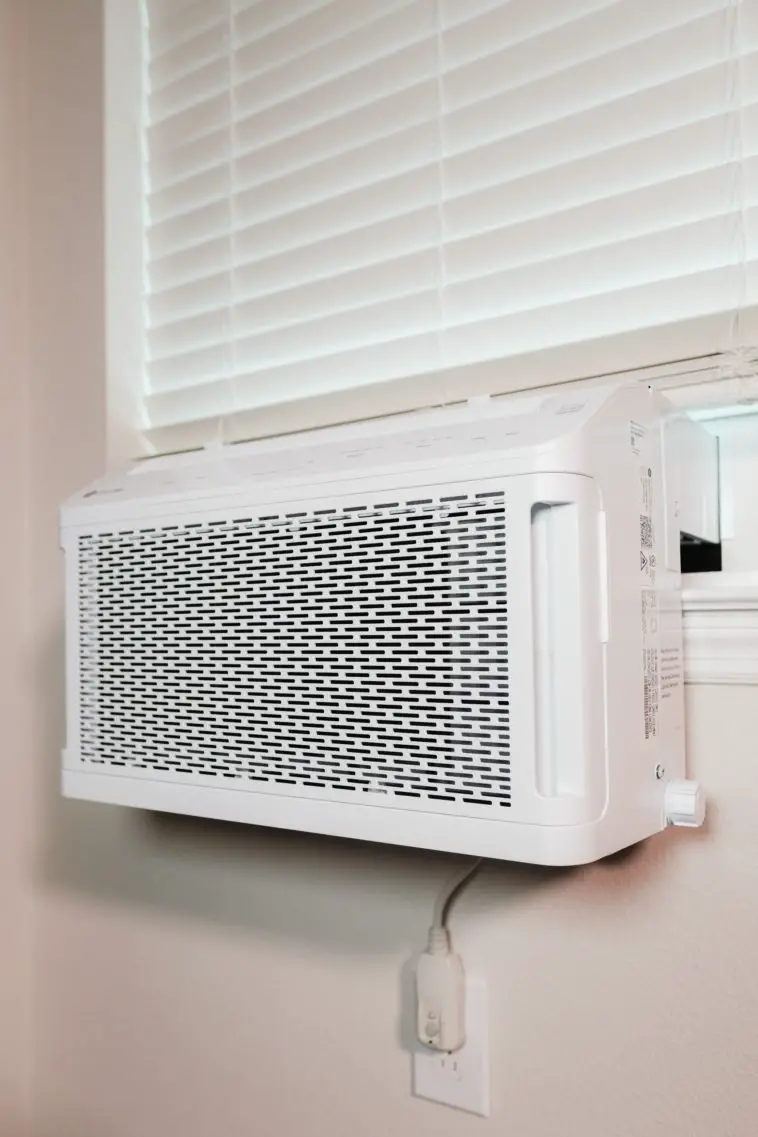Purchasing a new replacement air conditioning unit or system can send shivers down your spine, not due to the cool air, but because of the potentially hefty price tag. It’s a purchase you may not want to have to make, but when those hot summer months come around, you’re going to have to.
Whether you’re preparing for a predictable upgrade or forced to figure out an emergency replacement on the fly, proper financial planning for this replacing vital home amenity is essential.
The Need for a Replacement
Air conditioning systems have a typical lifespan of around 10 to 15 years, depending on the model, usage, and maintenance. As your unit approaches its twilight years, you may notice decreased efficiency, increased energy bills, and frequent repair needs. These are clear signals it might be time to start planning financially for a replacement.
Understanding The Cost of Air Conditioning Replacement
Understanding the cost breakdown of air conditioning replacement is vital in properly preparing for this significant life expense. The cost can range from a few hundred dollars to $7,500+, which is influenced by various factors. These include the brand, unit size, energy efficiency, installation costs, and regional living expenses like fluctuating energy costs.
The AC unit itself often accounts for about half to two-thirds of the total cost, while the remainder covers labor and installation services, if needed. Higher efficiency models may initially be more expensive, but they can save you significant money in the long run through lower energy bills.
Crafting a Financial Plan
Creating a financial plan early on helps ease the potential monetary shock when the time comes for your AC unit replacement. Your plan should cover all potential costs and expenses, helping prevent nasty surprises down the line. To help guide you, here are some steps for any household to follow:
- Start Early: Begin saving as soon as you notice signs of your AC unit’s declining performance. These signs could be increased noise, less effective cooling, or a rising number of repairs.
- Research and Compare: Use your understanding of the cost breakdown to research different models and their costs. Evaluate your home’s needs and consider key factors like unit size and energy efficiency ratings.
- Account for Installation: Remember, the cost of the unit is only part of the expense. You’ll need to account for labor costs, which can vary depending on the complexity of the installation.
Seeking Financing Options

If a replacement unit costs too much to cover out-of-pocket, consider exploring different financing options to help you out. Many leading HVAC companies offer financing plans of their own, and there may be federal or state energy efficiency incentives available to further help.
Before signing on the dotted line, make sure that you fully understand the terms and conditions of any financing agreement, including interest rates and repayment periods.
Maintaining Your Financial Cool
Planning for an AC unit replacement shouldn’t leave you hot under the collar. Understanding the cost breakdown of air conditioning replacement is invaluable in financial planning. Recognizing the signs that your unit may need replacing and beginning your savings journey early can make this potentially intimidating expense more manageable.
Comparing various models, considering their energy efficiency, and factoring in overall installation and replacement costs can help you choose the best option for your home and budget. If the cost still seems overwhelming, remember that various financing options and incentives are available to further help you.
You can weather the financial impact of an AC unit replacement through smart planning and strategic decision-making. Not only will this allow you to better enjoy the comfort of a cool home, but it will also give you peace of mind knowing you’ve managed this significant expense with financial savviness.




